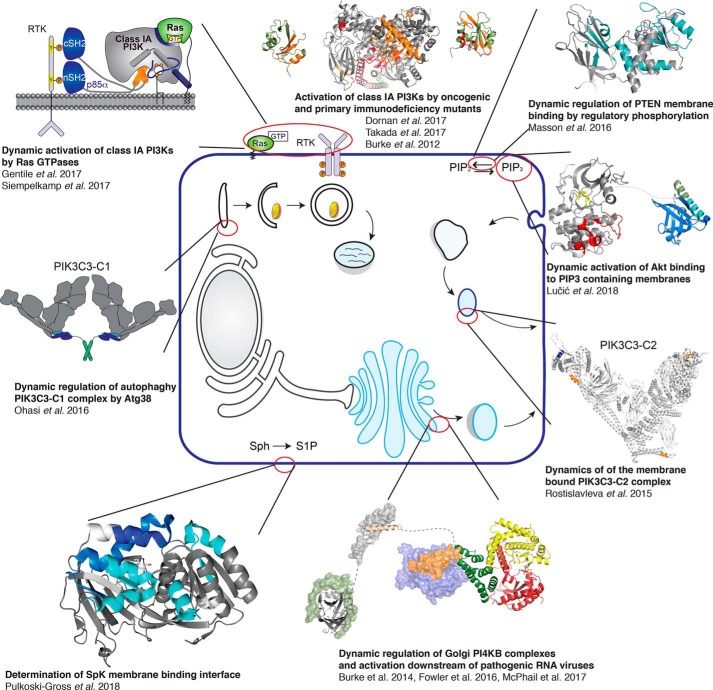Since I began doing scientific analysis, I’ve been fascinated by the interaction of protein construction and dynamics and the way they collectively mediate protein perform.
A selected space of curiosity has been in understanding the mechanistic foundation of how lipid-signaling enzymes perform on membrane surfaces. In this award lecture article, I’ll describe my laboratory’s research on the construction and dynamics of lipid-signaling enzymes on membrane surfaces.
This is necessary, as many lipid-signaling enzymes are regulated by way of dynamic regulatory mechanisms that management their enzymatic exercise. This article will talk about my continued enthusiasm in utilizing a synergistic software of hydrogen-deuterium trade MS (HDX-MS) with different structural biology strategies to probe the mechanistic foundation for the way membrane-localized signaling enzymes are regulated and the way these approaches can be utilized to know how they’re misregulated in illness.
I’ll talk about particular examples of how we’ve used HDX-MS to check phosphoinositide kinases and the protein kinase Akt. An necessary focus might be on an outline of how HDX-MS can be utilized as a robust software to optimize the design of constructs for X-ray crystallography and EM.
The use of a various toolbox of biophysical strategies has revealed novel perception into the complicated and diversified regulatory networks that management the perform of lipid-signaling enzymes and enabled distinctive perception into the mechanics of membrane recruitment.

On-going purposes of Shewanella species in microbial electrochemical system for bioenergy, bioremediation and biosensing.
Microbial electrochemical system (MES) has attracted ever-growing curiosity as a promising platform for renewable power conversion and bioelectrochemical remediation. Shewanella species, the dissimilatory steel discount mannequin micro organism with versatile extracellular electron switch (EET) methods, are the well-received microorganisms in numerous MES units for numerous sensible purposes in addition to microbial EET mechanism investigation.
Meanwhile, the out there genomic info and the unceasing established gene-editing toolbox provide an unprecedented alternative to spice up the purposes of Shewanella species in MES. This evaluation totally summarizes the established order of the purposes of Shewanella species in microbial gas cells for bioelectricity technology, microbial electrosynthesis for biotransformation of worthwhile chemical substances and bioremediation of environment-hazardous pollution with synoptical dialogue on their EET mechanism. Recent advances in rational design and genetic engineering of Shewanella strains for both selling the MES efficiency or broadening their purposes are surveyed.
Moreover, some rising purposes past electrical energy technology, comparable to biosensing and biocomputing, are additionally documented. The challenges and views for Shewanella-based MES are additionally mentioned elaborately for the sake of not solely discovering new scientific lights on microbial extracellular respiratory but additionally propelling sensible purposes.

